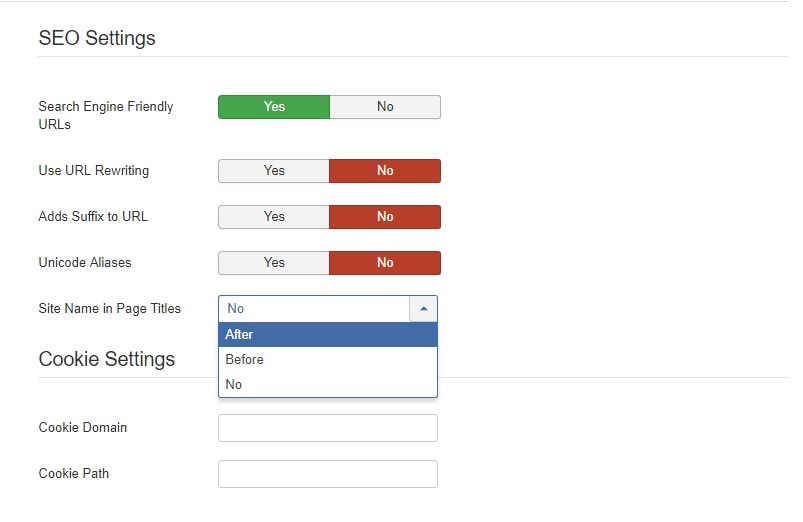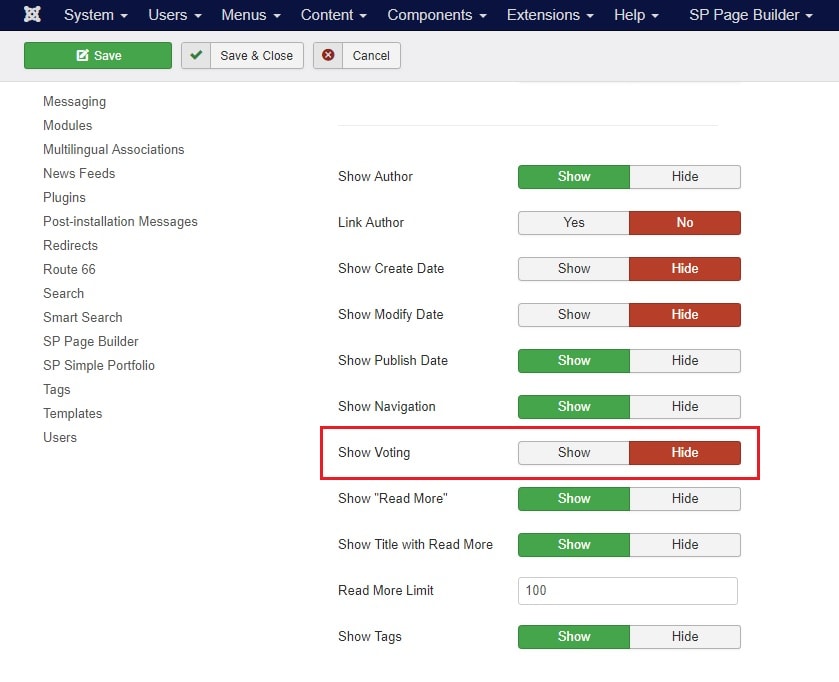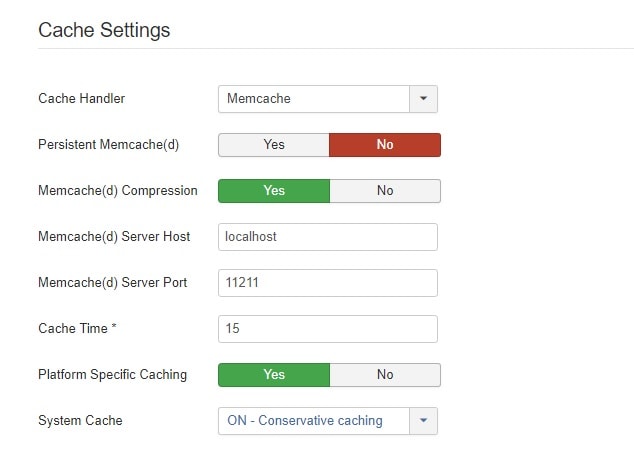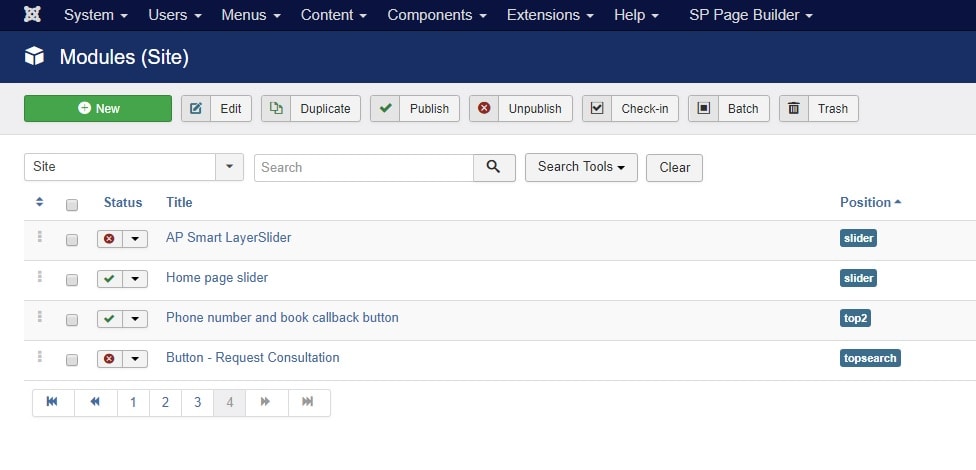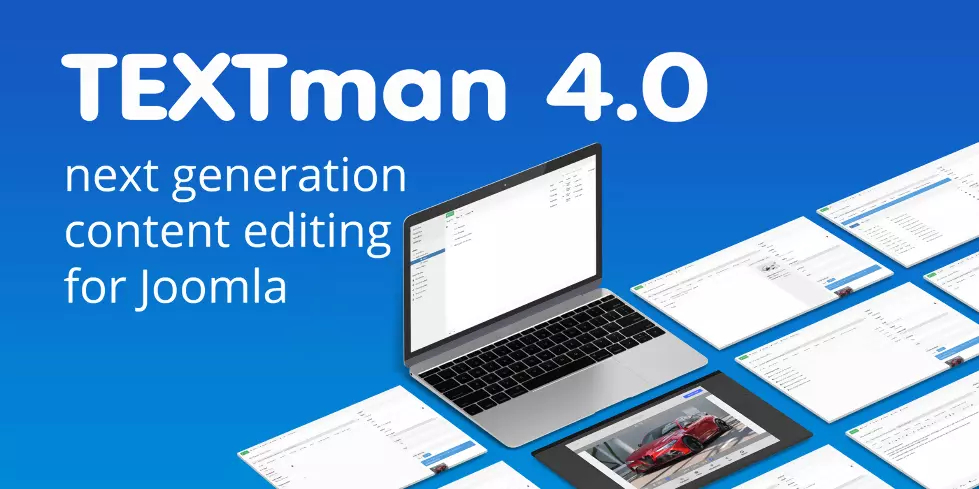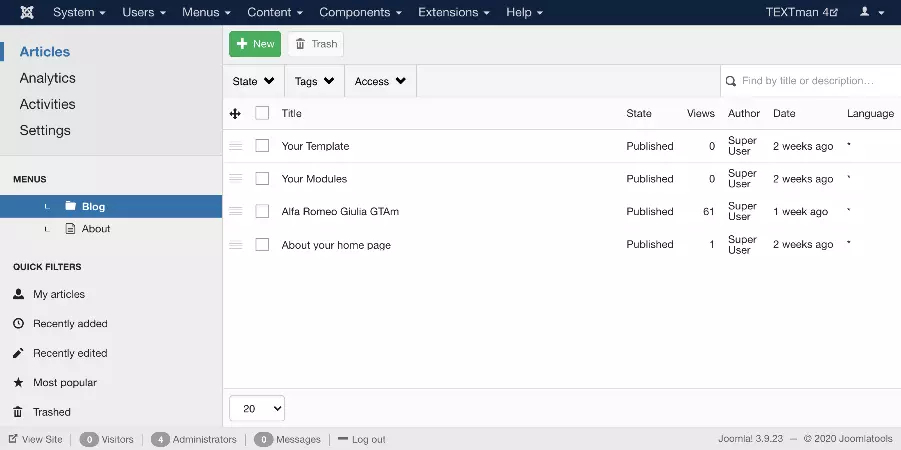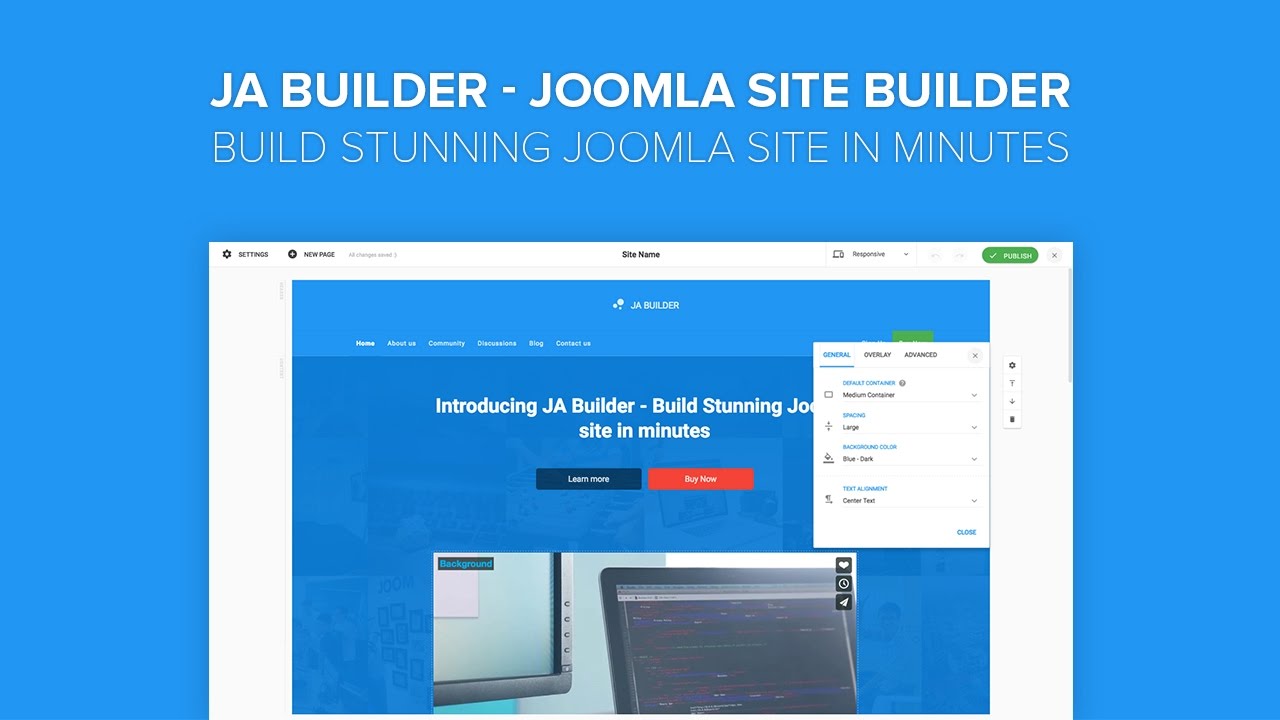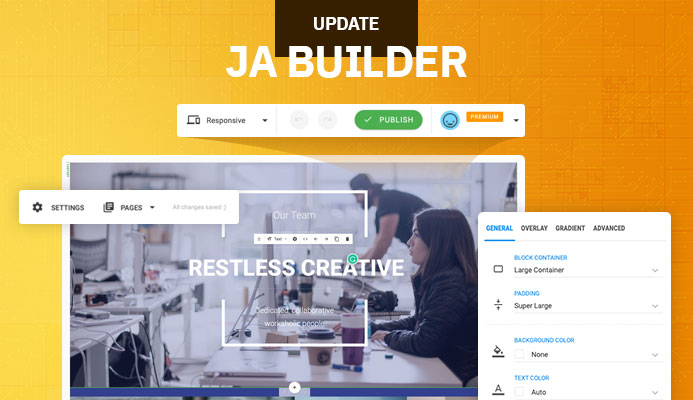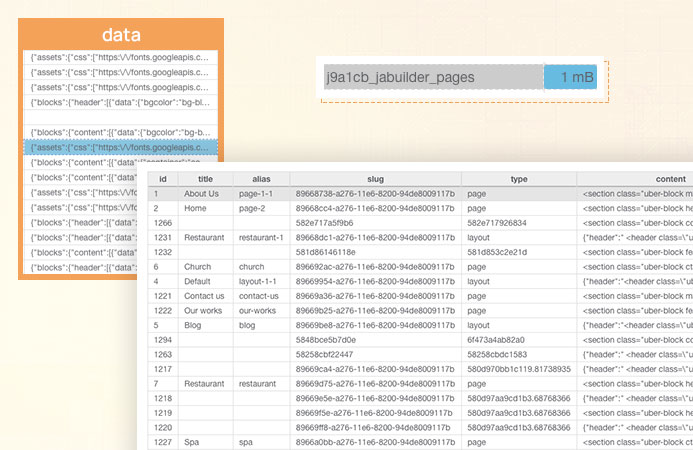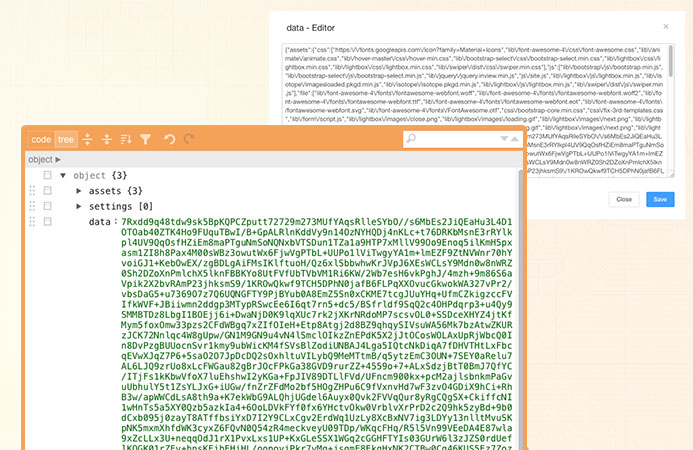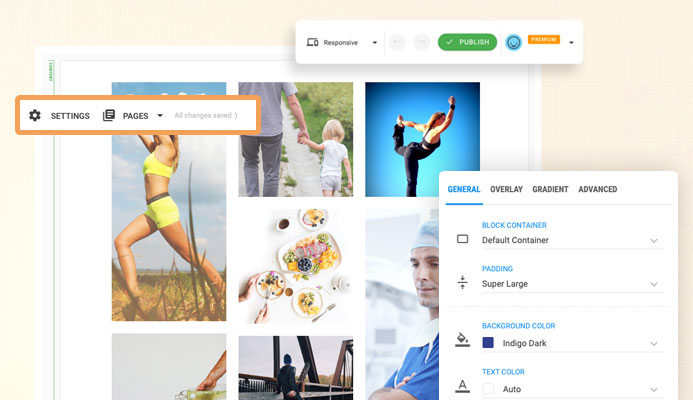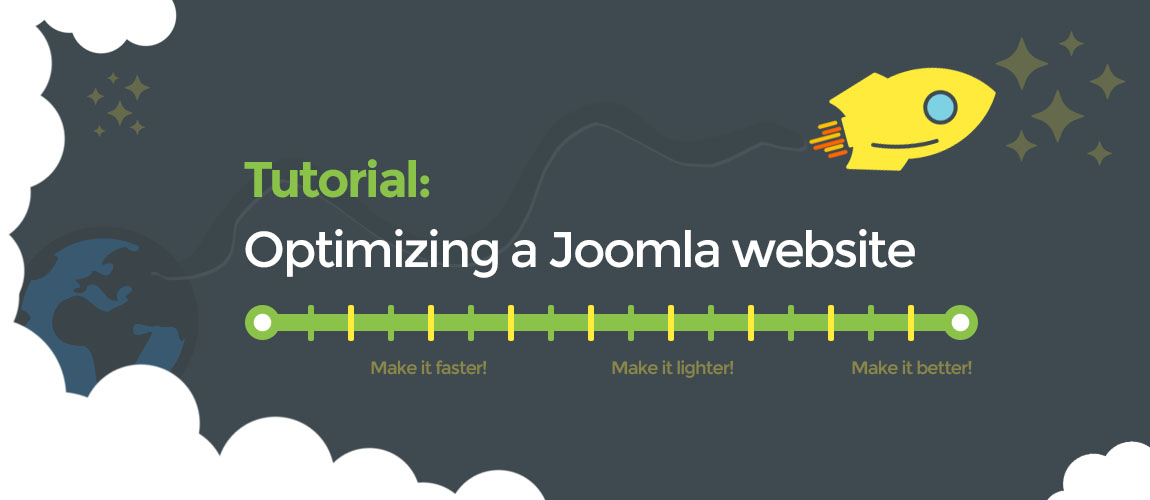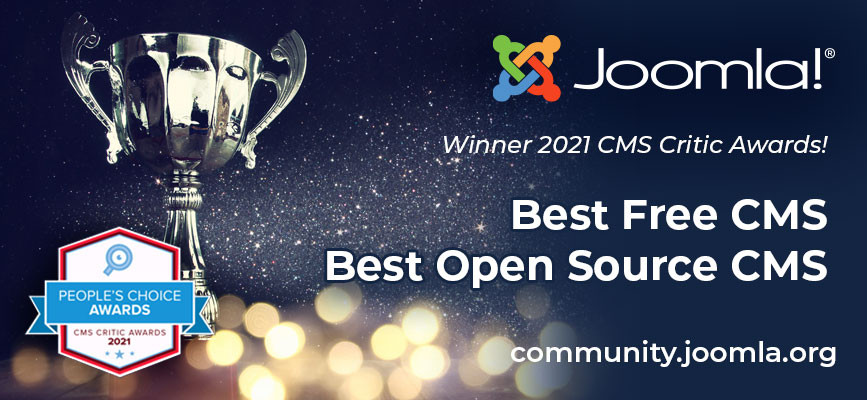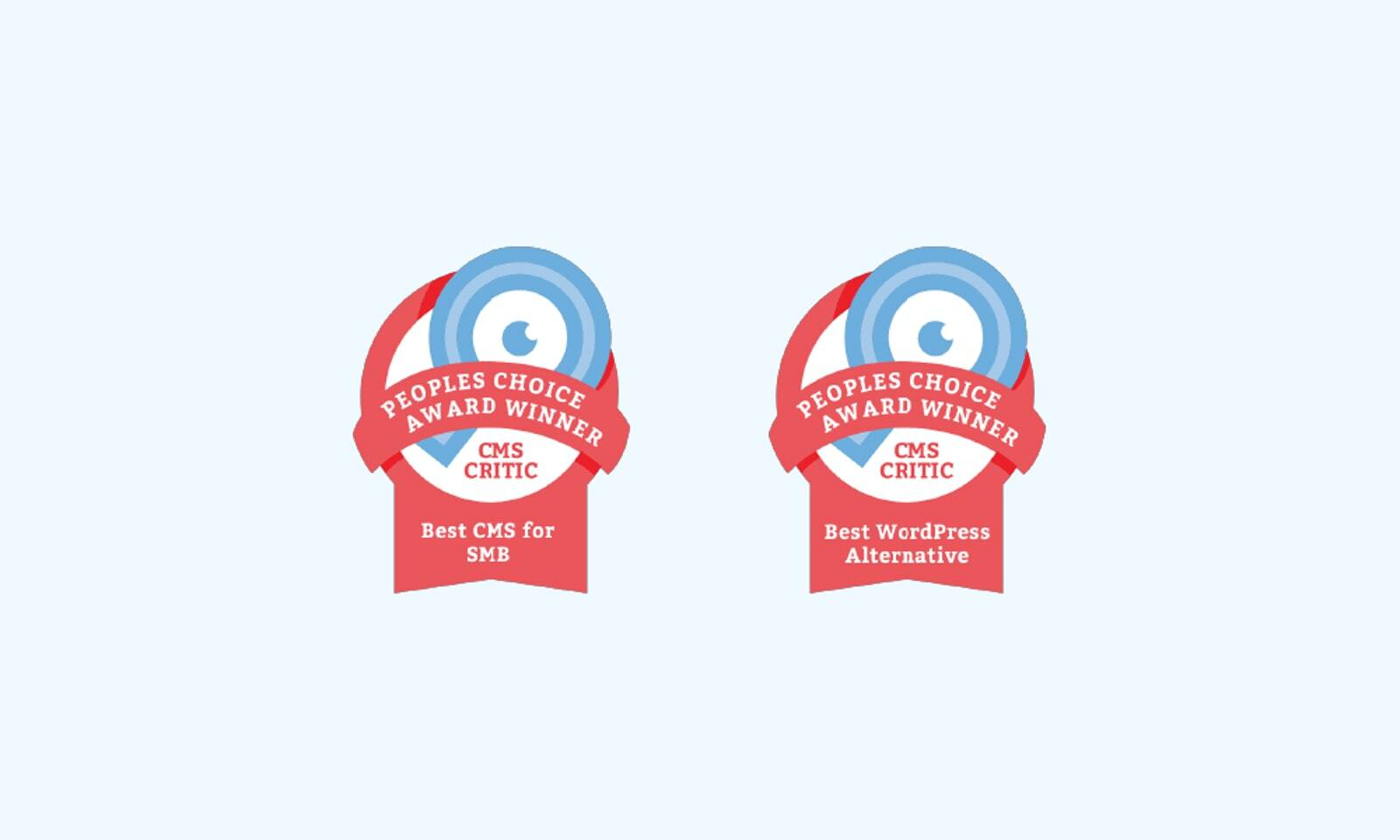How to Create a Blog Using Joomla 2022
How to create a blog using Joomla: A kjoomla member asked us about the Joomla blogging extensions. They wondered what extension we use for the kjoomla blog.
Our answer was “None!” We manage one of Joomla’s most popular blogs and it’s almost entirely done using the Joomla kernel.
In this guide, I will show you step by step How to Create a Blog Using Joomla that exactly resembles ours.
Video on building a blog with Joomla
Step #1. Create the Categories
Before you do anything else, I recommend that you slot gacor maxwin create categories to organize your blog content.
- Go to Content > Categories in your Joomla administrator.
- Click “New” and create the “Blog” category.
After that, you can create subcategories if you expect to have a busy blog. The screenshot below is taken directly from kjoomla.com. You can see that our subcategories include “Joomla Tutorials“, “kjoomla”, “Joomla” Ceriabet and more.
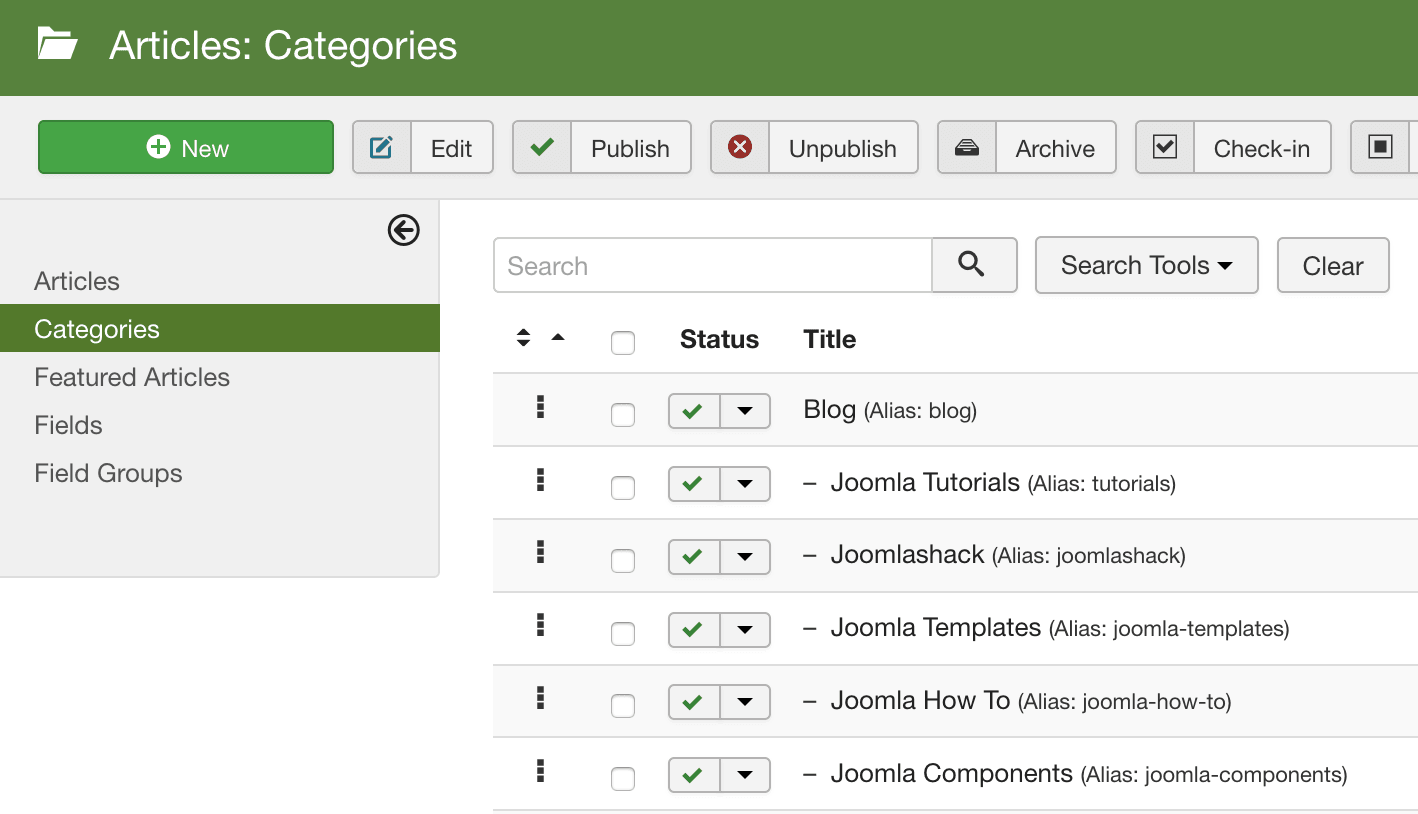
Step #2. Create the Menu Link
The second step is to create a menu link so that visitors can see our blog.
- Go to Menus > Main Menu (or another menu if you prefer).
- Click “New”.
- Enter “Blog” in the “Menu Title” area.
- Click the blue “Select” button for “Menu Item Type”.
- Choose “Category Blog”.
- Choose “Blog” in the “Choose a Category” field.
When you’re done, your menu will look like the image below.
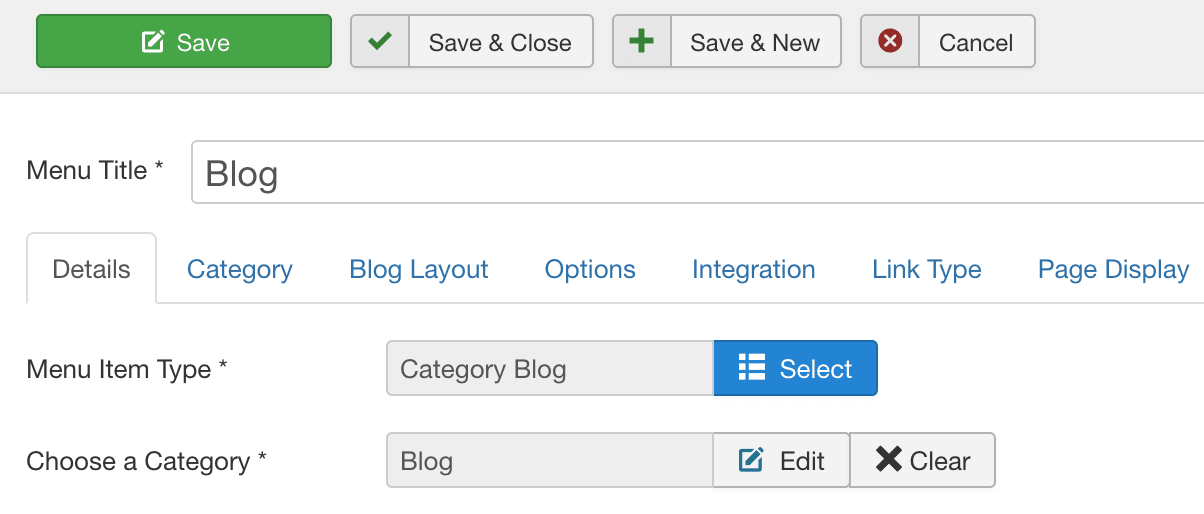
Before moving on to something else, I will recommend changes to the display of your blog.
- Click the “Blog Layout” tab.
- Set the “Leading Articles” field to “10”. This means that at least 10 articles will get a full-width display across the page.
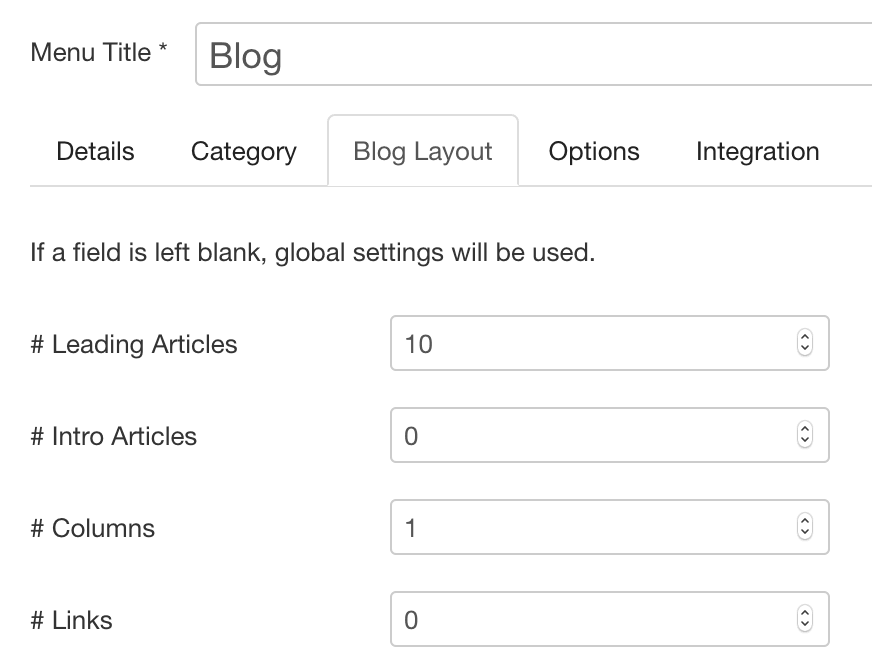
Step #3. Create the Articles
Next, you can write the first articles for your blog.
- Go to Content > Articles.
- Create articles that are in the “Blog” category or one of the subcategories.
At this point, you can go to the front of your site and click on the “Blog” link. You should see that many of your new messages are live on your blog.
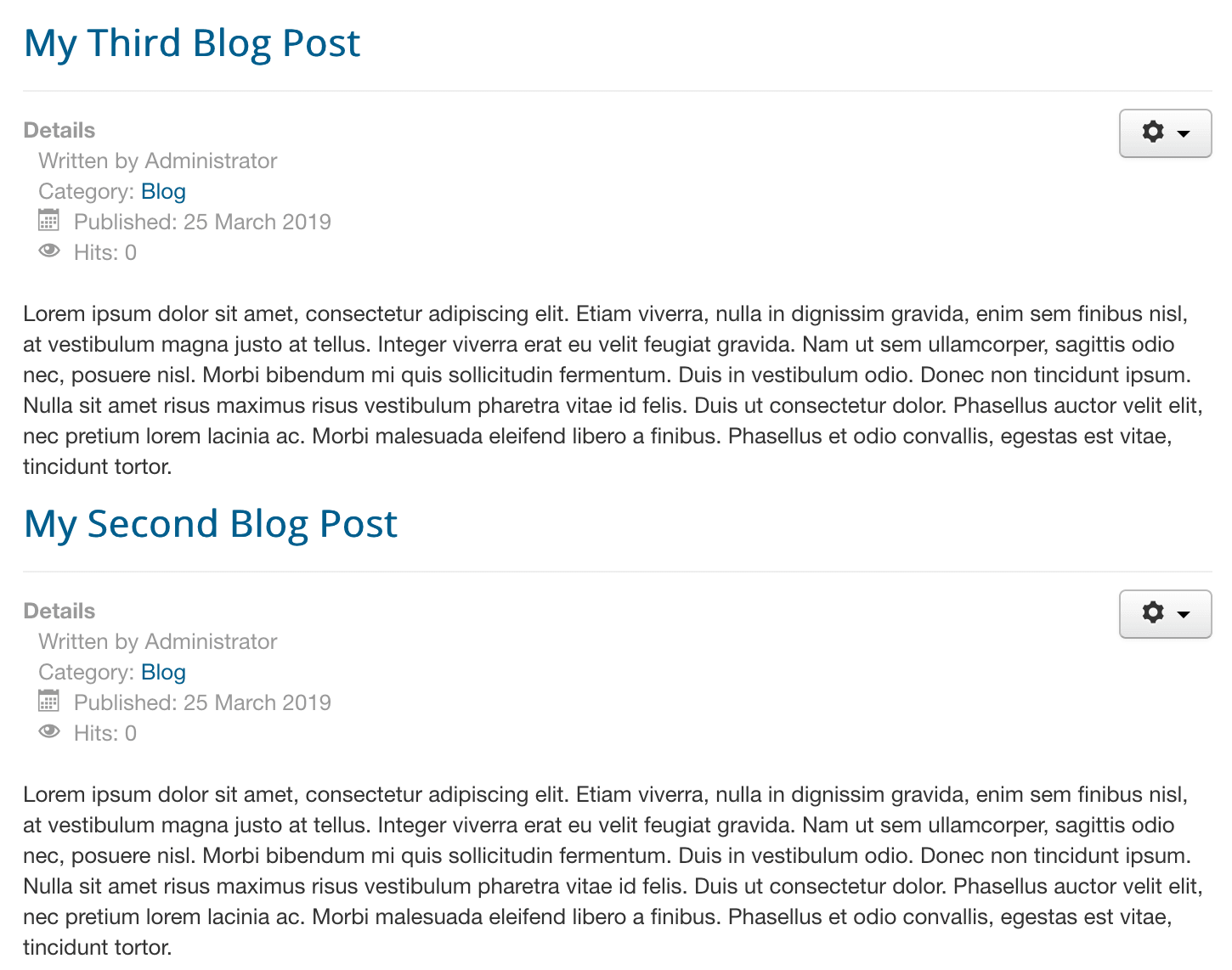
Looking at the layout of the image above, some features you want to delete. For example, How to create a blog using Joomla you may want to delete the text “hits”. To do this, return to “menus” and modify your “blog” menu link. You will be able to change these features in the “Options” tab.
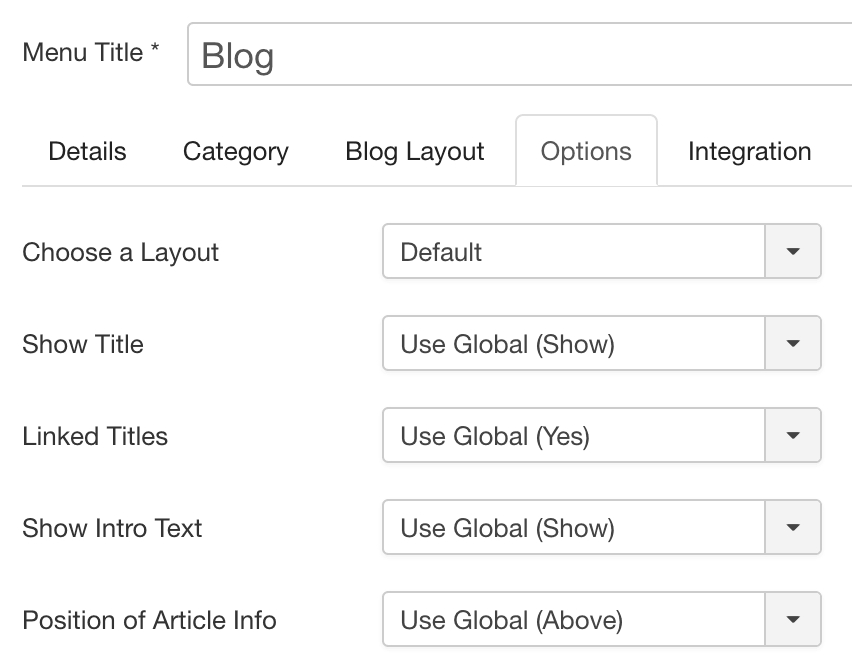
Step #4. Add a Comments extension
If you want a real blog, you will need a way to collect user feedback. Joomla does not have the functionality of native comments, so you will have to find and install an extension.
The extension we use here in Joomlashack is how and it works well for us. To prevent spam, the best technique we found is as follows:
- Allow registered users to post any comments they want.
- Hold all comments from unregistered users for moderation.
The comment makes moderation easy by sending you email notifications. Inside these emails is a one-click link to approve, remove or view each comment.


